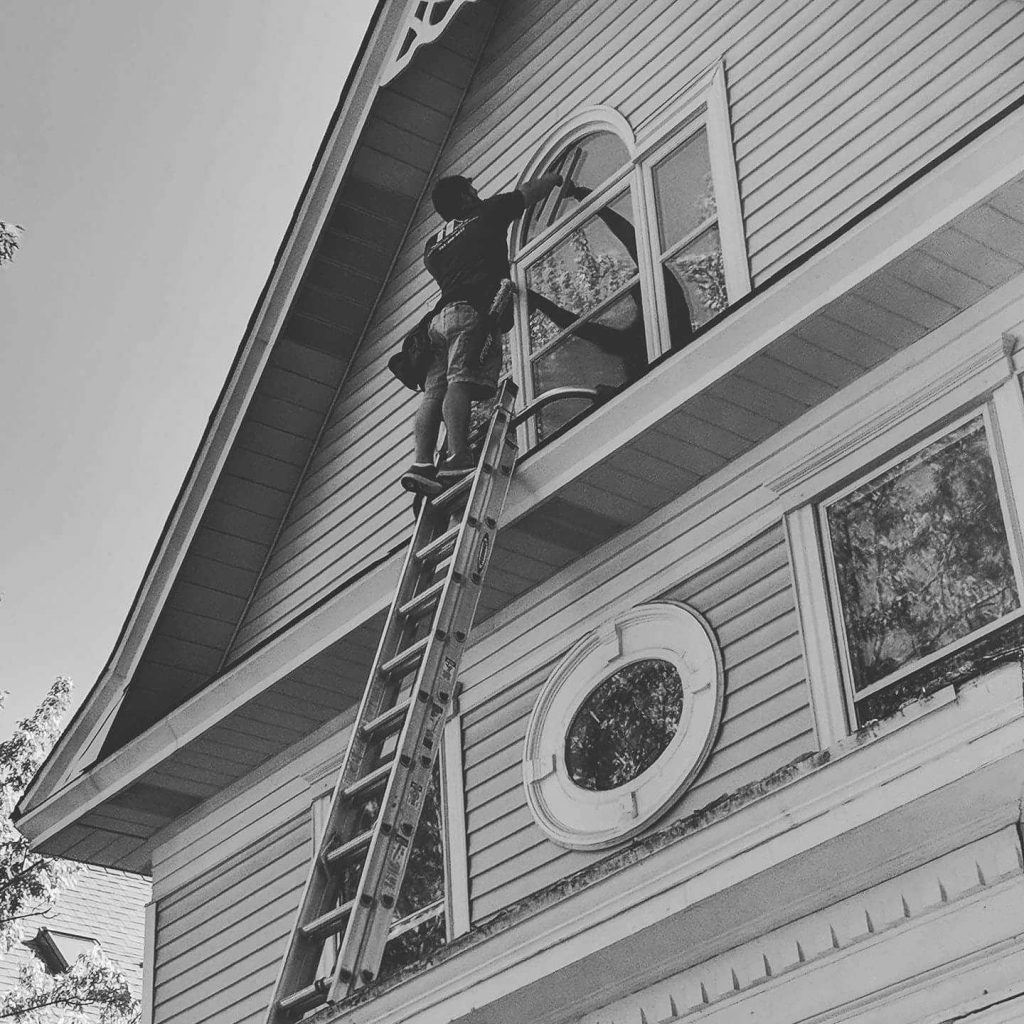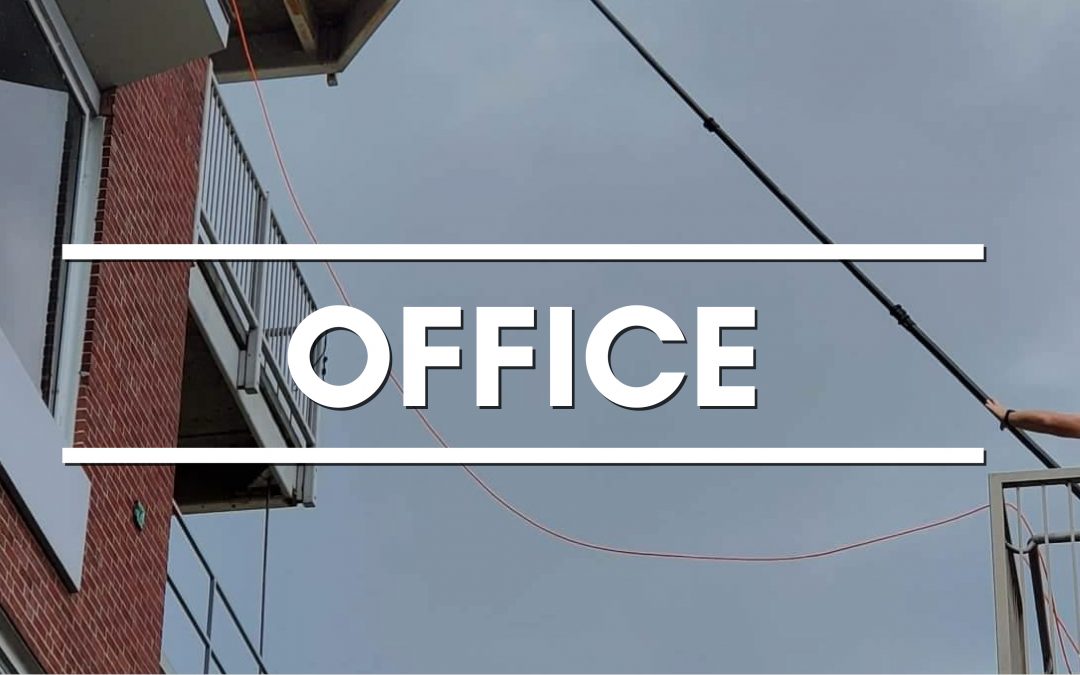Long-time window cleaners can feel it in the air… The temperature is slowly beginning to rise, the pallid gray cloud cover is beginning to break, and maybe you even put pants on today!
Spring is around the corner!
You’re ready for the season, and you hop online to check out how other squeegee-slingers are preparing, and you see one common question everywhere you look: “What would you charge for this?” I want to talk about pricing, but I’m not here to give you an answer. Instead, I’d like to talk about a few things that will help you come up with your own answer.
First things first, how much do you want your company to make per hour? How much are your expenses? How much is the market willing to pay for your services in your region? The guy who runs his business out of his home in a small town will have much different answers than the guy running out of a shop in LA with 16 employees. Time to do some math and see where you’re at and where you should be. Give yourself room to grow. Even if you’re that small-town guy and don’t want to hire anyone in a million years, leave yourself some room in your pricing to hire that employee you’ll likely change your mind about when you start growing. Okay, now we have an idea of what we’re spending and what we need to make. How do we use that to create a pricing structure that ensures we make it?
There are many ways professional window cleaners use to measure a job, and they all have their pros and cons.

Credit: Jessica Clarke
Some business owners will price per pane, per window, or even based on the square footage of the property. First thing’s first: decide which unit of measurement you’d want to use and then quantify it. Let’s do an easy example: Say a client calls you for a quote on a 3,000 Sq Ft home with 30 double-hung windows, interior, and exterior. To keep this simple, we’ll exclude the cost of screen-cleaning. Let’s say you’re at a point where you can clean ten windows inside and out per hour, and you’ve figured that you’d like the company to produce $100 an hour because the person writing this article likes easier math for his examples… You’d want to charge $10 per window, and the entire job would be $300.
Give yourself or your neighbors a quote using a few different methods, and consider which method you think aligns with the hourly rate you want for your business. Then raise it a little bit because, at this point, most window cleaners have only estimated their time to clean a window. Unexpected delays will add up during your workweek. If you’re not planning for this, getting stuck behind the guy riding a moped down a one-lane road or waiting for your client to find their wallet or the keys to their fence gates may be the difference between a great week or a frustrating week. There are many other considerations to make, but unfortunately, I’m writing an article, not a novel.
Some things aren’t as easily quantifiable as the number of windows on a building when designing your pricing structure, and we should talk about a few of them!
Your efficiency is your problem, and charging a higher rate than your competitors because jobs take you longer isn’t going to go very well. Starbucks can’t charge you $55 for your morning coffee because they’re shorthanded and orders are moving slower. It’s up to you, the professional, to strive to be as efficient as possible on the job site. Also, your name isn’t going to mean much to the customer until you’ve earned a reputation. People who want a Ferrari are willing to pay the price tag, but nobody’s buying a $300,000 Yugo.
Build your reputation, build your worth, and track your data!
If you’re closing nearly all your sales calls, it’s time to raise prices. On the other hand, if you’re closing less than half, you may be charging too much, or your presentation may need some improvement. That may sound crazy to someone who may be starting out with just a few requests a week, but trust me, this is important and one of the reasons many new businesses don’t last in our industry. You may think you want every job you have an opportunity for, but eventually, this can lead to you rushing all day long just to break even.
Pricing is a lot to consider at first and is incredibly important to the success and longevity of your business. But if you take the time to develop a consistent pricing structure, it becomes one of the easiest tasks you’ll do during your week.
You’ve got this!
Now, get out there and CHARGE!
-By Anthony Padlo

